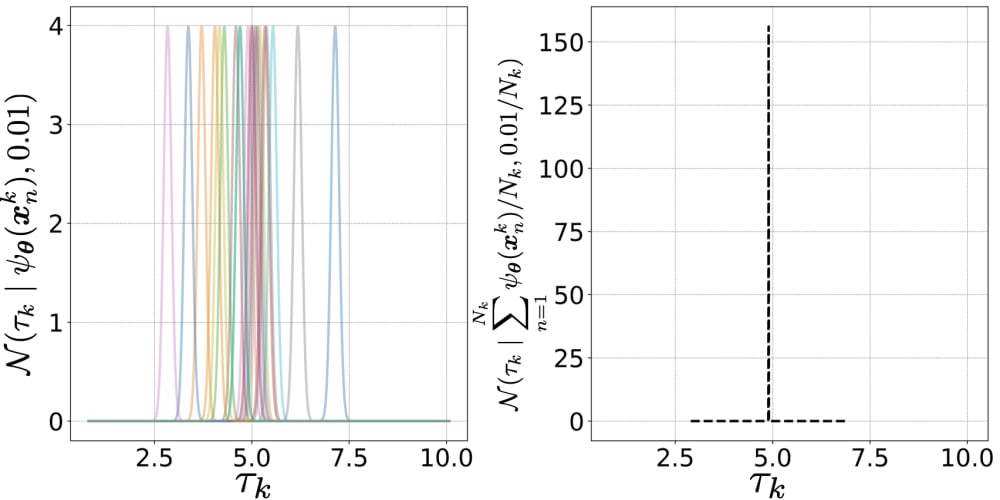Harnessing the Sun: The Potential of Space-Based Solar Power
In the pursuit of sustainable energy solutions, one intriguing option is capturing solar power from space. This concept, known as Space-Based Solar Power (SBSP), holds the promise of providing uninterrupted, clean energy to Earth. Imagine satellites equipped with massive solar panels, absorbing the sun's energy 24/7, and beaming it back down to us. This is not science fiction; it's a visionary approach that could transform our global energy landscape.
Why Space-Based Solar Power?
Uninterrupted Solar Exposure
On the surface of the Earth, solar panels are subject to weather conditions, nighttime, and seasonal changes. In contrast, space-based solar panels can capture energy continuously, without any atmospheric or diurnal interruptions. Positioned in geostationary orbit, these panels would have a line-of-sight to the sun almost all the time, enabling them to gather solar energy around the clock.
Greater Efficiency
Earth's atmosphere absorbs and scatters sunlight, reducing the efficiency of ground-based solar panels. Space-based solar panels would operate in the vacuum of space, capturing more intense and unfiltered solar radiation. This could significantly increase the efficiency of electricity generation compared to terrestrial solar farms.
Reduction in Land Use
SBSP systems can potentially alleviate the land use issues associated with extensive solar farms. By moving the infrastructure to space, we free up valuable real estate on Earth for other uses, be it agriculture, conservation, or urban development. This helps in balancing energy needs with ecological and societal requirements.
How Does It Work?
Solar Power Satellites (SPS)
The core of an SBSP system is the Solar Power Satellite (SPS). These satellites would be equipped with large arrays of photovoltaic panels to convert solar energy into electricity. Potentially, these satellites could stretch out kilometers in size, maximizing the surface area for energy capture.
Wireless Power Transmission
Converting the captured solar power into microwave or laser beams, these satellites would then transmit the energy wirelessly to Earth. Ground-based rectenna (rectifying antennas) would receive these beams and convert them back into electricity for the grid. This innovative transmission method bypasses the need for physical conductors and helps in minimizing energy loss.
Energy Storage and Grid Integration
One of the critical components of making SBSP viable is efficient energy storage and integration with existing power grids. Advanced battery systems, supercapacitors, or molten salt storage could be employed to store the energy received. Additionally, smart grid technology would ensure that this energy is distributed efficiently and balances with other renewable sources.
Challenges and Considerations
Technical Hurdles
Deploying solar power satellites on a massive scale presents several technical challenges. Launching these structures into orbit requires advancements in aerospace technology and considerable investment. Additionally, the development of efficient and safe wireless power transmission systems remains a critical hurdle.
Economic Viability
The initial cost of setting up SBSP can be staggering. However, as technology matures and economies of scale kick in, these costs could decrease significantly. Innovative funding models and international collaborations could play a pivotal role in making SBSP economically viable.
Regulatory and Environmental Impact
Deploying such systems also raises regulatory and environmental concerns. Space is a global commons, and the legal framework for the placement and operation of solar satellites needs to be developed. Moreover, the potential ecological impacts of energy transmission beams on atmospheric conditions and living beings require thorough investigation.
The Future of Space-Based Solar Power
Despite the challenges, SBSP represents a bold stride toward a sustainable energy future. With continuous advancements in space technology, materials science, and renewable energy systems, we stand on the brink of a new solar era. Nations, corporations, and international bodies are beginning to seriously explore this possibility, with pilot projects and feasibility studies already underway.
In summary, space-based solar power isn't just a dream; it's a tangible and revolutionary solution that could help us transition to clean energy on a global scale. By harnessing the unending power of the sun from space, we can illuminate our world sustainably and safeguard our planet for future generations.
Stay tuned for more insights into the latest technological innovations and their impact on our future. Let's make the impossible, possible!
Feel free to share your thoughts and questions in the comments below. How do you see space-based solar power shaping our energy future?



















